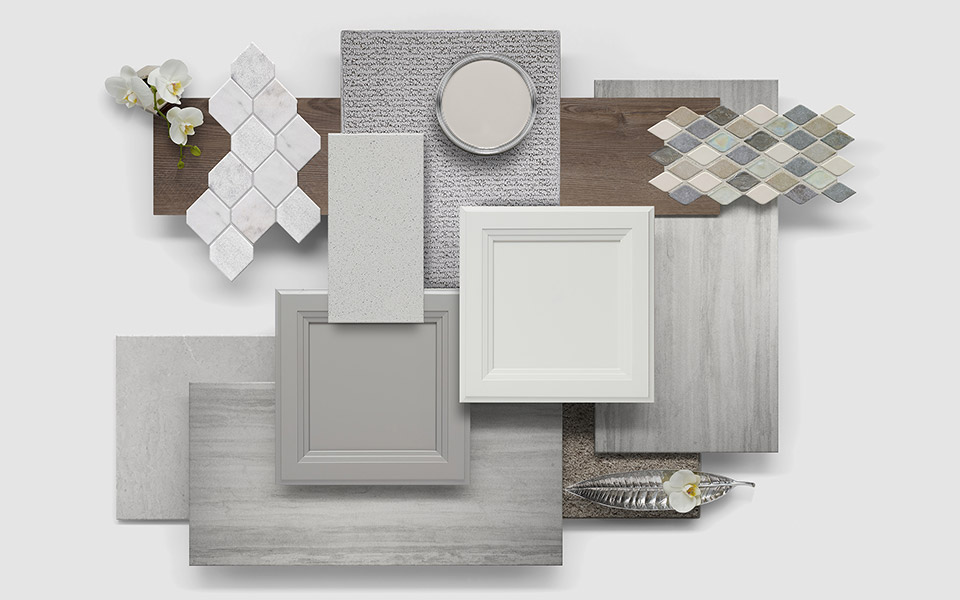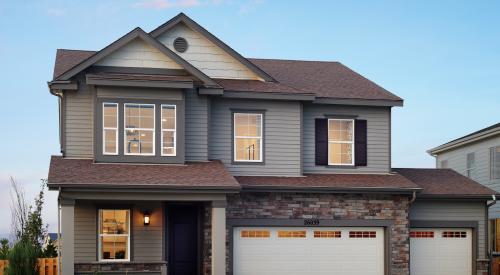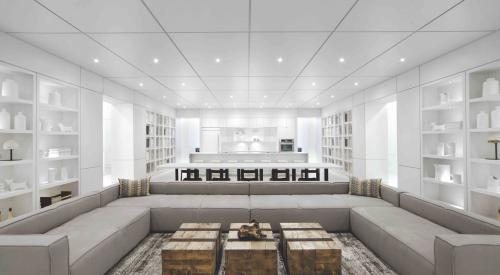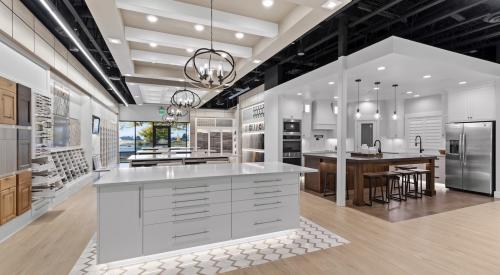Builders with pre-packaged or curated design and those considering going that route have to be mindful not only about how their packages fit in with their design studio strategy, but also with the overall company strategy. That consideration calls for everyone, from designers, sales people, and operations, to set customer expectations and deliver the customer experience. Jane Meagher is among the nation’s leading design studio experts and founder of an online, on-demand training program called Design Consultant Pro.
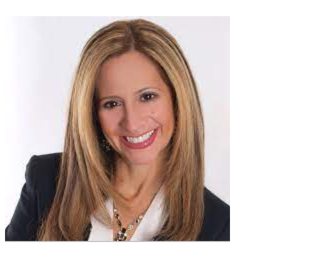
President, Success Strategies
Founder, The National Design
Studio Institute
She has worked with hundreds of builders not only on what is and is not working in their design studios but also looking under the hood at policies, procedures, processes, documentation, and communication that impact the buyer’s journey. Meagher shares with Pro Builder why the curated design approach needs to be aligned with a company strategy that will serve the builder’s business goals.
Pro Builder: How do you define a curated collection as a strategist for builders as they consider the design studio and how that approach might help them and the home buyers’ experience?
Jane Meagher: A curated collection is really just a type of package. So when we talk about curated collections, we really have to understand how as builders we offer packages of products together rather than just offering all the options. So I would say curated collections are kind of at the far end of the spectrum of packages and typically in our industry these days, when we refer to a curated collection, it is usually a multi-category grouping of products that when put together execute a certain design style in the buyer's home. Packages in general, can be pretty tricky. I would say curated collections carry a lot of opportunity for success, but also many challenges as well.
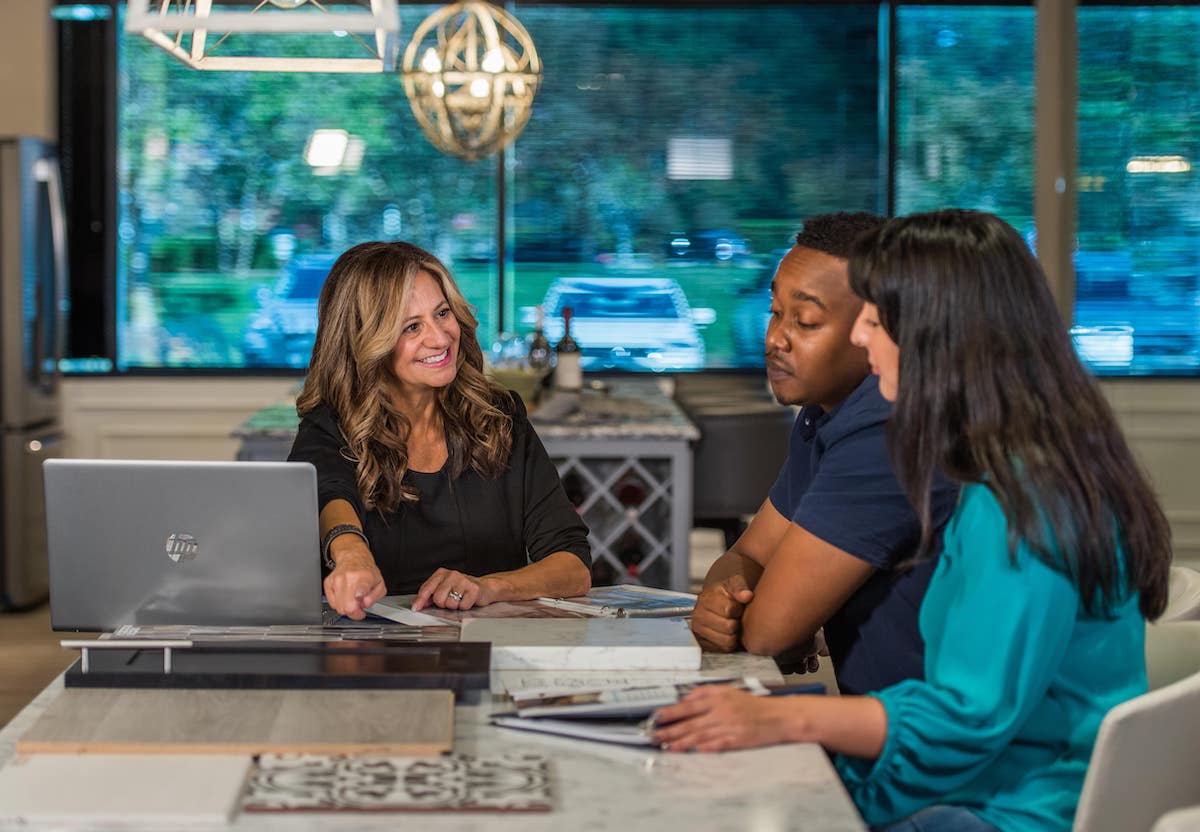
PB: What's the benefit to the builder to go with a package or a curated collection?
JM: First we have to understand why do people even want to buy this way? So when we look at what's happened with curated collections in other industries, these are things like stitch fix and other types of services that basically say, hey, tell us a little about you and we, the experts we'll put together a package of products that will hit your needs and lead you to a better result with an easier quicker decision-making process. So, first of all, the ideology is that that is a way consumers across all industries today really are looking to consume products. So then the question is, Hey, this is going on out there in the world? Is this something that builders should do? And certainly there have been builders that have done a very successful job of it. So the builder has to look at, is the concept of curated collections aligned with my overall business strategy and my design studio strategy.
Hopefully there is a design studio strategy and that should really be based on the overall goals. So what are they looking to do this year, three years, five years, you know, and out? What is the builder's competitive market position? How, how do they position themselves against their competition? Does this align with that positioning? As I said before, the design studio strategy and goals, is this something that is connected to what other goals we have in the studio and what are our internal strengths in our internal weaknesses or challenges? You know, some builders can execute on this. Others might not be able to and the answer to should each builder do curated collections or different types of packages is going to vary based on those factors and also based on the product that they offer, right? If you're, if you're selling you know, 50 custom homes a year versus many hundreds of semi customer production homes, it's going to yield a different answer. If they're entry-level homes, if they're very high end homes, it's going to yield a different answer. So I think builders should look at curated collections and all kinds of other packages, whether or not it's right for them is way beyond just a design studio decision.
RELATED
PB: Do you find that the builders are coming to you or that you're hearing from builders saying, you know, my consumers are looking for this, I don't necessarily have a strategy or I don't really know where to start. What's has been the feedback that you've heard from, from the builder side in terms of consumer demand,
JM: We get questions like, we hear a lot about these curated collections and we want buyers to think that we are aligned with that ideology and that we can serve them that way. Can we just put together a couple of different design collections, traditional and coastal or whatever, and is there anything we should think about and really that is just the tip of the iceberg. Regardless of what the actual style is, or the multiple styles are in your marketplace, believe me choosing the styles and the products that create that style is absolutely the easiest part of it. The whole strategy of how you put the packages or the curated collections together is really the more complicated and much more important part.
PB: What is the hard work of putting the strategy together?
JM: The hard work is really understanding how you're going to serve your customers and your own business goals. So I think the first thing is, do you have clarity on your business goals? Are we doing this to increase revenue? Are we doing it to decrease decision time and cycle time? Are we doing to decrease the number of skews that we're carrying? Are we looking to create a better customer experience? What's the purpose of this because understanding the purpose and the goal is going to lead to very different decisions when you create those packages. So two builders could have two different strategies. They should end up with different packages. In the end, if you can hit the design styles and the buyer can be like, oh my gosh, I love this urban loft package or oh my gosh, I, I love this glitz and glam package or whatever it is, but if they're not going to move forward and buy it, it doesn't matter how much they think it looks pretty, right. It's beyond the pretty. It's smart that matters.
And so we have to make sure we're not going to frustrate our customers. That they're not going to want to start picking apart the packages or the curated collections. We have to make sure that we're hitting a proper investment amount. We have to make sure that we're presenting it the right way. In any of these things you could go much deeper into, but there's a lot of work that has to be done. I think that we see the results that we should see because, you know, we want to have a good result for the effort, probably multi-department effort that will go into it.

PB: What if a buyer comes in and says, I don't want the package. I don't want you to curate my choices. I want to go off script a little bit?
JM: First of all, is the policy that these are mandatory. These are recommended, these are just suggestions. And then we have to have our process and our rules set up to support that policy so that the customer doesn't then say, oh, I want to go off script. Like you said, we would say off menu if they're not allowed to. So we would want the customer, as with anything in design studios, to have clear expectations ahead of time regarding how personalization works in our company, so that we get ahead of these types of objections and don't have to have a buyer that is maybe misaligned with our brand promise and how that promise is executed through the studio in the collections.
That's really why it is an overall business decision, because it is going to significantly affect the way sales sells homes. As a person with a real estate license, I sold homes for builders many years ago, but I can understand and respect the job of a new home consultant. These decisions to go to these curated collections are going to affect sales. They're going to affect construction. They're going to affect estimating and purchasing and design and all these different departments. So if the builder starts with a clear strategy and all the action steps and creating and presenting the package are done properly and the whole company is on board, the sales team for sure has to believe in the benefit of selling homes as curated collections.
Then it can be successful, but there's a lot of pitfall If all of that is not aligned,
PB: Is there anything else we haven't touched on that you think is really important for builders to know about curated collections and packages?
JM: What I would say to builders is it doesn't stop when you create the collection. It almost starts when you create the collection. We have to present it. We have to think about putting these into our model homes and our design studio vignettes. We have to have backup plans in case something gets discontinued, especially today with supply chain challenges. And certainly we have to analyze the results, right?
We can't just put it out there, especially with complicated entire house, curated collections. You can't just put it out there and hope that it works. We have to go back and look at the results and what our customers are telling us and being able to tweak that and to continue to evolve it until we get it right.
